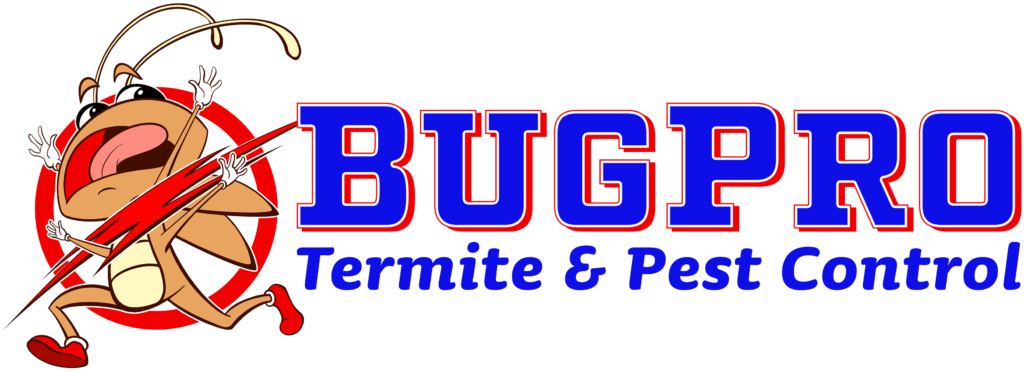
As homeowners, one of our primary concerns is safeguarding our properties against various threats, including natural disasters, fire, and theft. However, one menace that often flies under the radar is termite infestations. These tiny pests are responsible for billions of dollars in damage to homes across the country yearly. Unfortunately, if you find yourself facing a termite problem, your homeowner’s insurance may not come to your rescue. Understanding the limitations of your coverage is critical for every homeowner.
Termites, particularly the subterranean and drywood species, are notorious for infesting wooden structures. They silently eat away at the framing, floors, and other wooden components of your home, often causing extensive damage before you even notice their presence. This destruction can be both costly and disruptive, necessitating major repairs that can strain your wallet.
A significant misconception among homeowners is that homeowner’s insurance will cover damages caused by termite infestations. While homeowners insurance provides coverage for many structural damages, it typically excludes infestations and damages caused by pests, including termites. Insurers regard pest infestations as preventable issues that should be a part of routine home maintenance. Consequently, if termites invade your home, any resulting damage or repair costs will likely come out of your pocket.
For homeowners living in condos or townhomes, there may be limited exterior coverage provided by the association’s insurance policy. In some cases, it can cover certain structural elements, but generally, pest infestations will still fall on the individual homeowners. It’s crucial for condo owners to review their association policies so they understand their coverage and how it applies to pest issues.
The situation is markedly different for single-family residences. These homes are typically classified as standalone properties without shared interests in common areas or structures. Therefore, homeowners are wholly responsible for the upkeep of their property, including pest control. Unfortunately, this means that termite infestations and the associated damage are purely the homeowner’s responsibility. An individual proactive approach to pest management is essential to prevent costly infestations.
Given this predicament, homeowners should consider taking preventive measures to safeguard their homes against termites effectively. Routine inspections by pest control professionals can help identify potential threats before they escalate. Additionally, maintaining a barrier-free perimeter around your home, sealing any cracks and gaps, and keeping wood piles and debris away from the foundation can deter termite access.
It’s also worthwhile for homeowners to review their insurance policies carefully and understand what is covered versus what isn’t. Being informed allows you to make better decisions regarding additional coverage options, such as pest control service plans that some may offer. Investing in preventive measures may yield significant savings in the long run compared to the cost of repairs stemming from an active infestation.
While homeowner’s insurance provides essential protection, it’s not a safety net for termite-related damages. Homeowners should take an active role in prevention and maintenance to ensure their property remains safe from these wood-eating pests. Understanding your insurance limitations and being proactive can save you significant headaches and financial burdens in the long term.